What is the rule of perspective all about?
Start learning how to create the illusion of distance and depth by getting yourself familiar with these three rules.
One-point perspective
…a mathematical system for representing three-dimensional objects and space on a two-dimensional surface by means of intersecting lines that are drawn vertically and horizontally and that radiate from one point on a horizon line…
What the one-point perspective is saying is how things appear smaller as they get further away, meeting towards a vanishing point on the horizon line. Simply put, it's the easiest way to make a flat piece of paper look 3D or realistic.
The one-point perspective rule applies when your subject is viewed on the front (like a side of a cube or a face looking directly at you) or if you want your audience to look directly down something long. It's a pretty common rule too when drawing rooms, roads and landscapes as it provides a truly realistic feel. Check out the examples below we found from the net for inspiration.
Two-point Perspective
(It is a) linear perspective in which parallel lines along the width and depth of an object are represented as meeting at two separate points on the horizon that are 90 degrees apart as measured from the common intersection of the lines of projection.
After establishing your horizon line, you need to put in next your vanishing points. When making your vanishing points, just think about the point on the line where you want objects to start disappearing visa vie the distance you are trying to include in your drawing.
Check out the following two-point perspective drawings for inspiration:
Three-point perspective
Sounds complicated? Here's an illustration of what we're trying to say.
Now's your turn!
Here at Art Smart, we follow the rule 2 to 1 ratio, meaning 2 students to 1 teacher to ensure students receive proper attention, instruction and guidance.
Kindly check our 2017 schedule of art classes to know the date and time convenient for you.
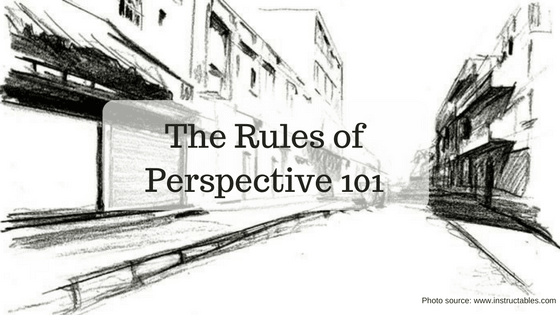
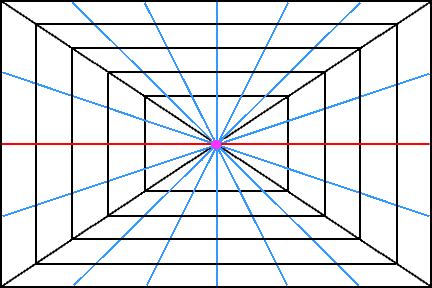
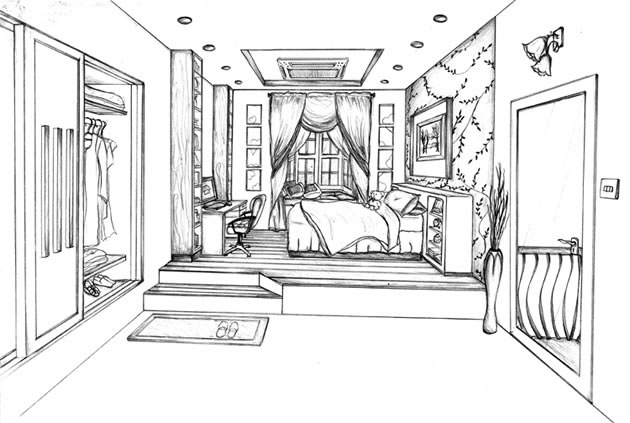
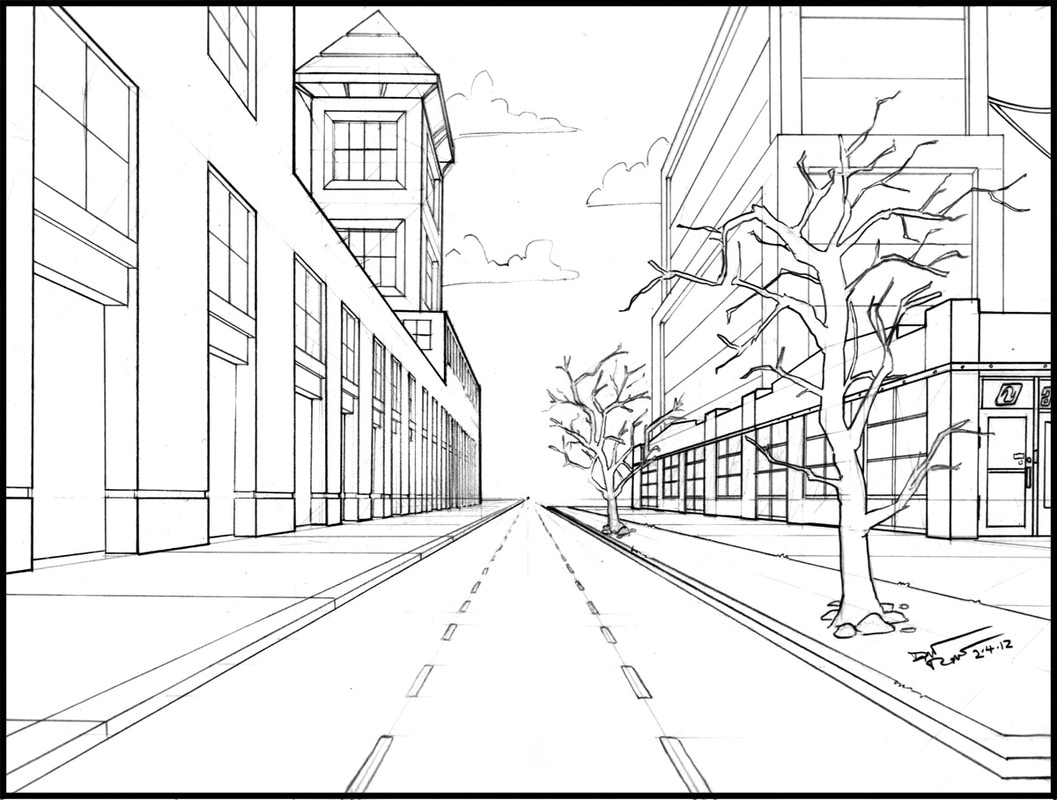
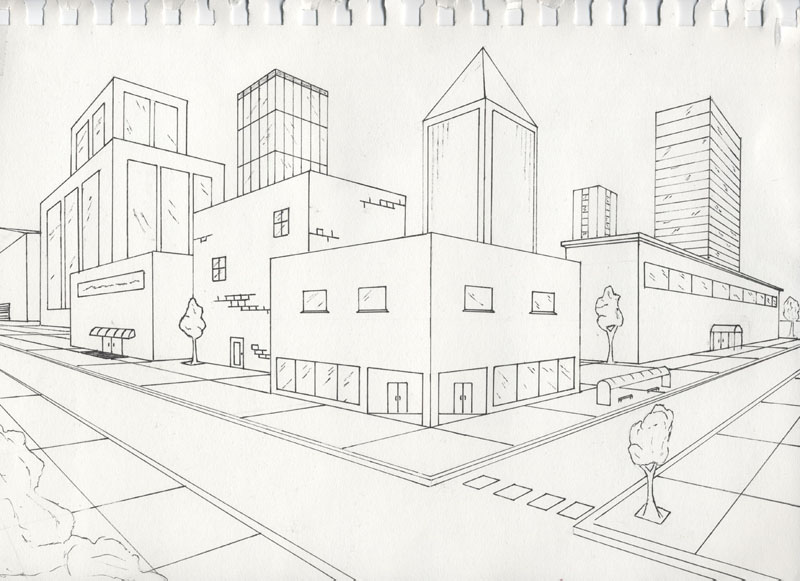
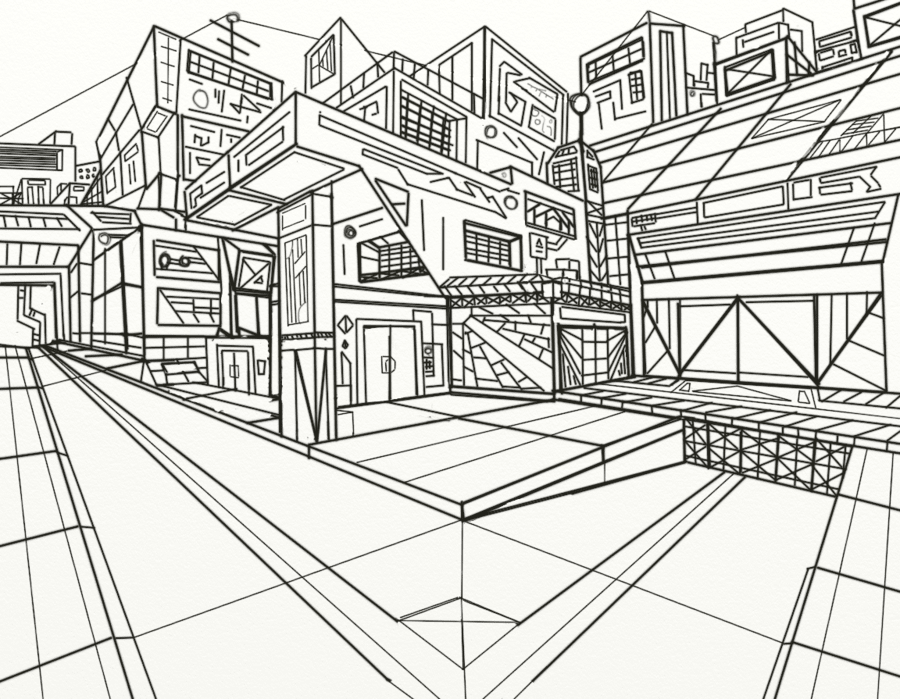
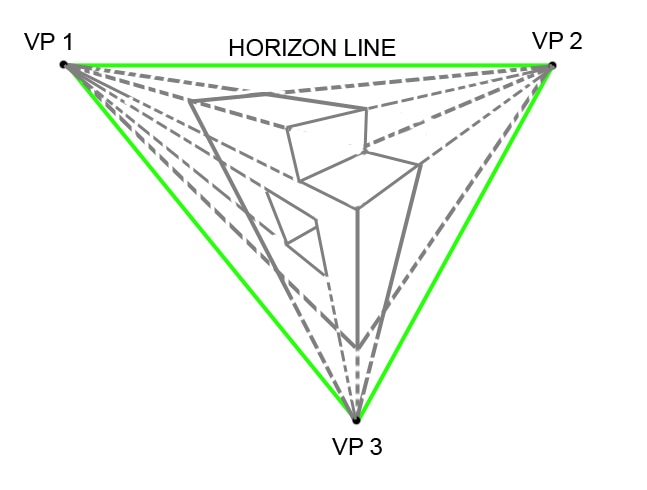
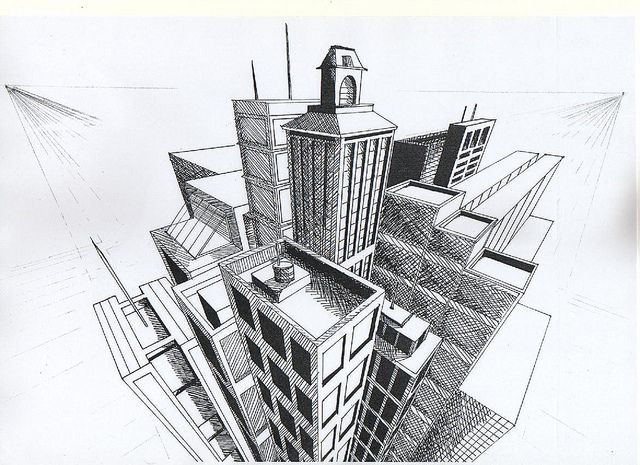
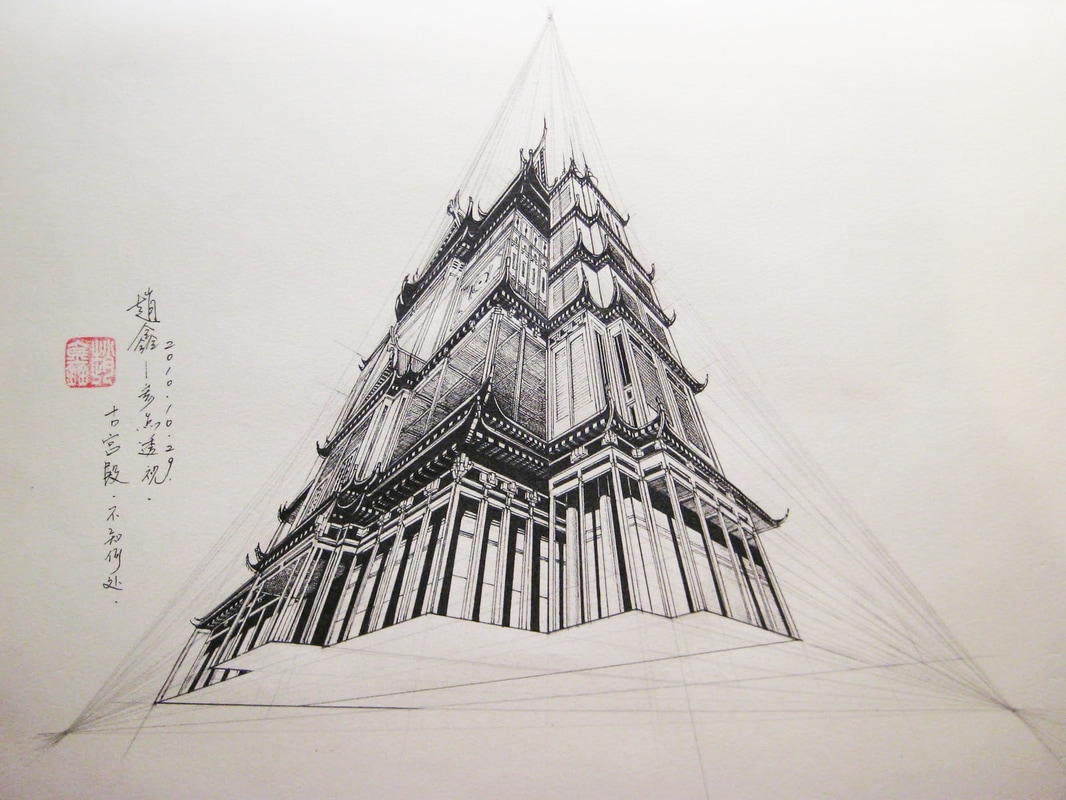

 RSS Feed
RSS Feed
